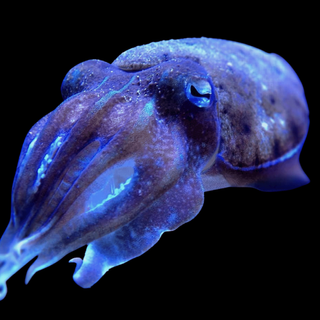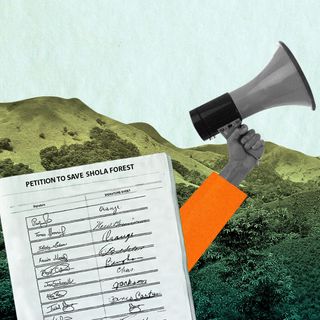The climate plays an important role in regulating mammal body size. Scientists had earlier warned that warming environments due to climate change are causing mammals like rodents, deers, and wolves to shrink in size.
A new study, however, adds new insights to this hypothesis. While studying almost 100 North American mammal species collected over 80 years, researchers found that city-based animals were growing in size, and even becoming fatter, as compared to their rural counterparts. This was attributed to readily available food in places packed with people, with researchers noting the city presents threats as well as opportunities to animals.
Published in Communications Biology this week, the researchers explore how urbanization plays a critical role in driving mammal body size. The findings could impact mammal distribution in the future and also change the way conservation efforts are framed.
“That wasn’t what we expected to find at all,” said Robert Guralnick, Florida Museum curator of biodiversity informatics and an author of the study, in a press release. “When we think about what’s going to happen to mammalian body size over the next 100 years, a lot of people frame that as global warming causing animals to get smaller,” Guralnick said.
The problem with shrinking size is evident: smaller mammals may birth smaller or fewer offspring, potentially disturbing the predator-prey dynamic.
These expectations spring from two theories about the role of temperature in mammal body size. According to a biological principle called Bergmann’s rule, animals in warmer climates tend to be smaller than similar species in colder environments. Low temperatures lead to increased body length and mass in most mammal species.
As an extension of this principle, scientists have believed that cities would automatically cause mammals to shrink. Buildings and roads in cities trap and emit a greater degree of heat, as opposed to open environments and green landscapes. Cities, as a result, have higher temperatures, a phenomenon called the “urban heat island effect.” Plus, human activity in cities exists in conflict with animals. Based on these ideas, mammals should be decreasing in size.
“In theory, animals in cities should be getting smaller because of these heat island effects, but we didn’t find evidence for this happening in mammals,” Maggie Hantak, a Florida Museum postdoctoral researcher and the study’s lead author, said. “This paper is a good argument for why we can’t assume Bergmann’s Rule or climate alone is important in determining the size of animals.”
Related on The Swaddle:
Study: Humans ‘Almost Entirely Responsible’ for Mammal Extinction
“…urbanization represents this new disturbance of the natural landscape that didn’t exist thousands of years ago,” Guralnick noted. “It’s important to recognize that it’s having a huge impact.”
The impact could be twofold. One, some mammals living in urban environments may have a selective advantage, while others suffer due to decreasing availability of landscapes. Cities present certain challenges to mammals due to the growing human population, but they also offer more food, water, shelter, and a relatively low number of predators.
While city-based mammals become heftier due to the increased availability of food, other counterparts living in warming environments will still continue to shrink — the urbanization will divide mammals into “winners and losers,” researchers say. “This is relevant to how we think about managing suburban and urban areas and our wildlands in 100 years.”
Two, it changes the way we look at conservation efforts. Not only temperature but also the density of people living in a given area influence the body size of mammals. Researchers also think urbanization, in fact, supersedes the impact of climate. For instance, the impact of hibernation or torpor — when animals reduce their body temperature to survive the effects of unfavorable temperatures — was different on these fatter animals. They ended up shrinking drastically, as opposed to being stable in size.
This research raises important questions around the consequences of urban mammals sustaining themselves on a diet of human food waste. “When you change size, it could change your whole lifestyle,” Hantak notes, adding that the implications are yet to be fully studied.




